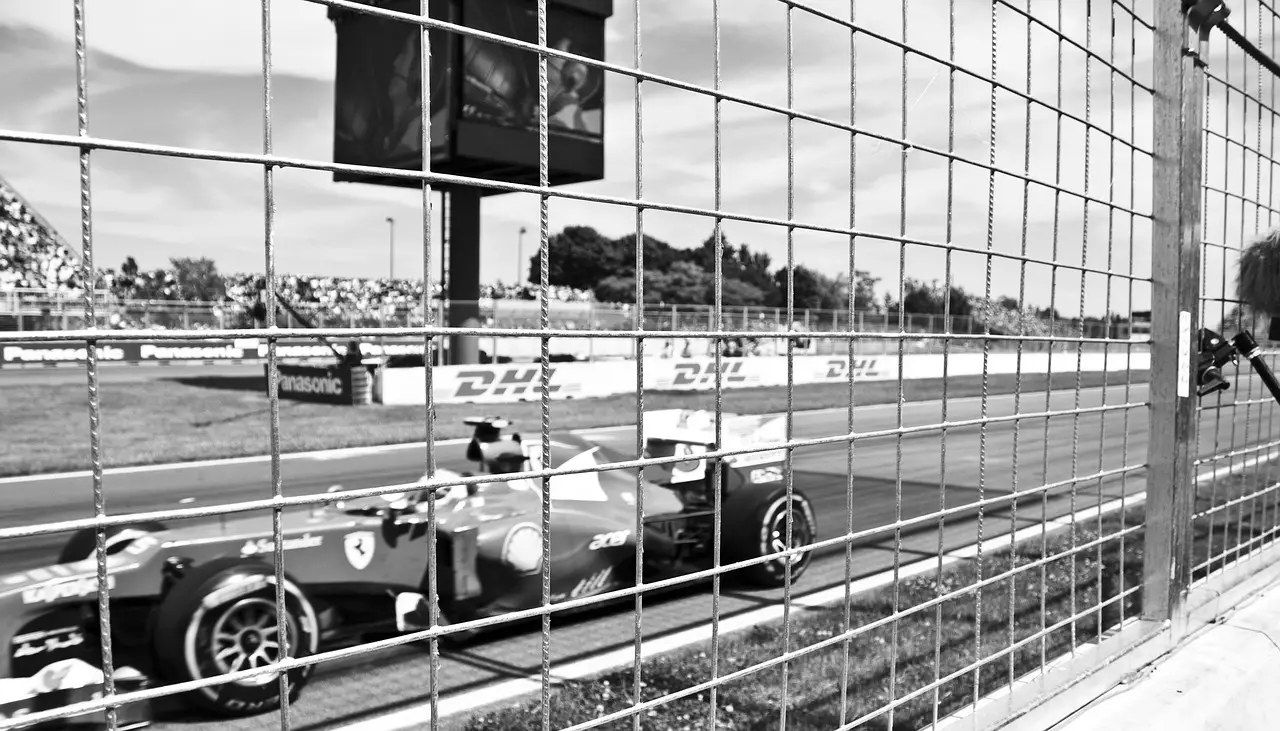Interval timing is an essential component of Formula One racing. It allows fans to track the time difference between drivers during a race and helps teams make informed decisions about strategy. In this article, we will explore how driver times appear on the timing chart, how intervals are calculated, and why they are used in F1.
How Do Driver Times Appear during an F1 Race?
The timing board on the side of the screen displays two views: a live leaderboard and an interval timer. The live leaderboard shows how far back a driver is from the fastest car in the race. On the other hand, the interval timer shows the time difference between each driver. When the timing chart shows interval time, you’ll see the word ‘interval’ at the top, followed by each driver’s name and how many seconds back they are from the driver ahead of them. The first time to appear on the interval chart will be the second-place driver, and the time shown will be how far back they are from the race leader.
How are Intervals Calculated in F1?
Each Formula One car has a transponder on board that transmits a radio signal as it goes around the track. The race track has timing loops installed every hundred meters, which help define the bounds of mini-sectors around the track. The transponders can record a lap time with up to one one-thousandth of a second accuracy, meaning they’re incredibly precise. The transponders transmit timing data to F1 teams and the FIA, so they can observe how fast each car goes around the track.
Why Does F1 Use Intervals to Judge Races?
Interval timing is crucial in Formula One as it helps fans track the time difference between rivals and regulates specific rules. The FIA mandates that drivers can only activate their drag-reduction system (DRS) on the straightaways within one second of the car in front of them. As a pair of vehicles approach a track straight, the timing system can see if the trailing car is within the DRS range. If the driver is within range, the option to activate DRS will be available on the steering wheel, so they can open their rear wing and make a high-speed attack.
Interval timing also helps teams make and adapt their strategy throughout the race. For example, teams use interval timing to plan pit stops. If an F1 driver is running more than 20 seconds ahead of the car ahead of them, they know they can easily take a pit stop without the next car overtaking them.
What is the Smallest and Largest Interval in F1?
In the 1971 Italian Grand Prix, Peter Gethin won the race by only .01 seconds, a record that still stands today as the smallest interval in F1. Rubens Barrichello holds the record for the tightest finish in the modern era, winning the 2002 Grand Prix in Indianapolis by just 0.011 seconds ahead of Michael Schumacher.
The largest interval in F1 happened during the Portuguese Grand Prix in 1958 when Stirling Moss finished 5:12:75 ahead of Mike Hawthorne. Lewis Hamilton has the largest race lead in the modern era of Formula 1, with a 1:08:577 lead on second place Nick Heidfeld during the 2008 British Grand Prix. Nico Rosberg has the largest lead during the turbo-hybrid era, beating Sebastian Vettel while driving for Mercedes in the 2016 Chinese Grand Prix by over 37:776.
In conclusion, interval timing is a crucial component of Formula One, allowing fans to track the progress of their favorite drivers, enabling teams to make informed decisions, and helping regulate specific rules in F1.

